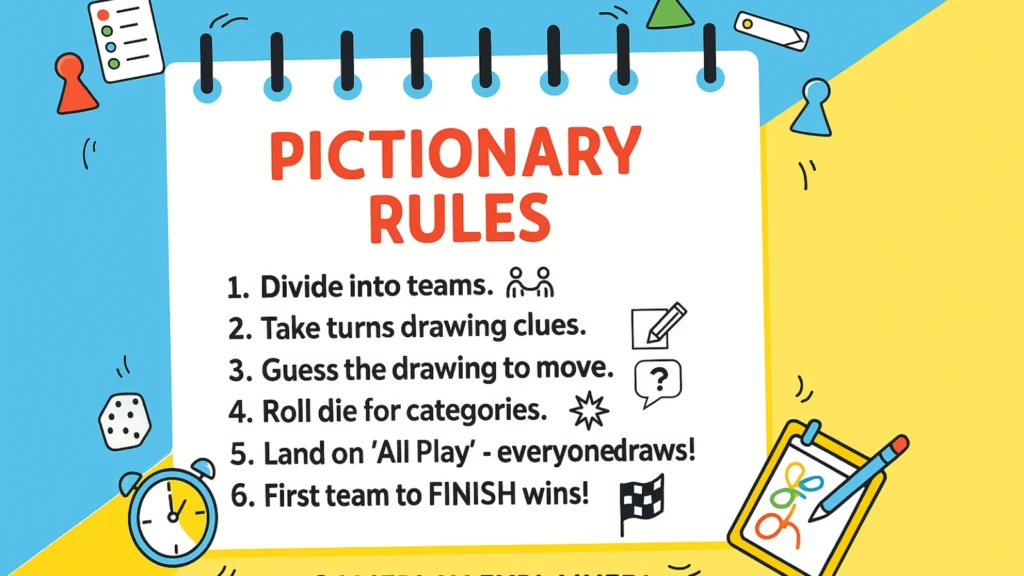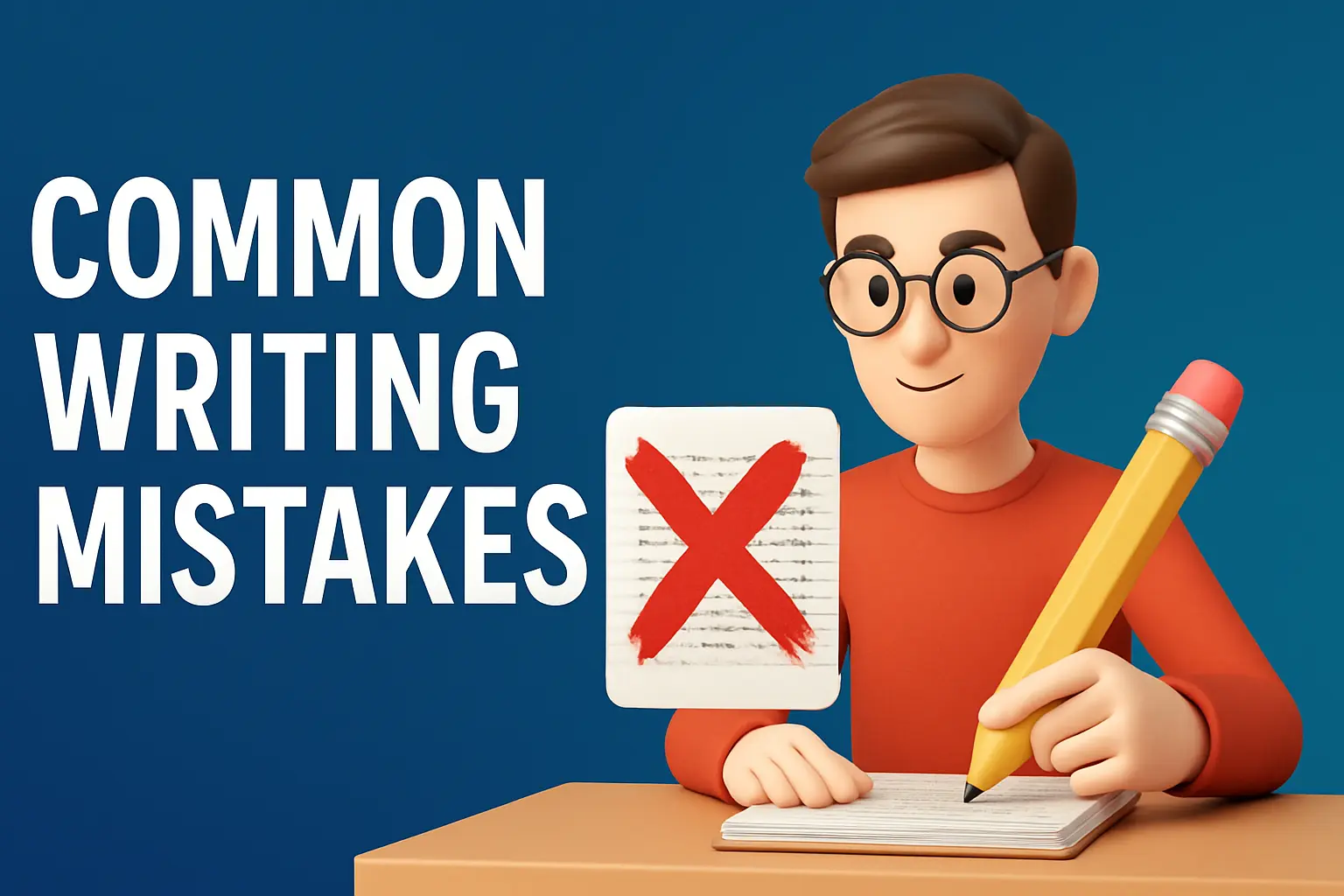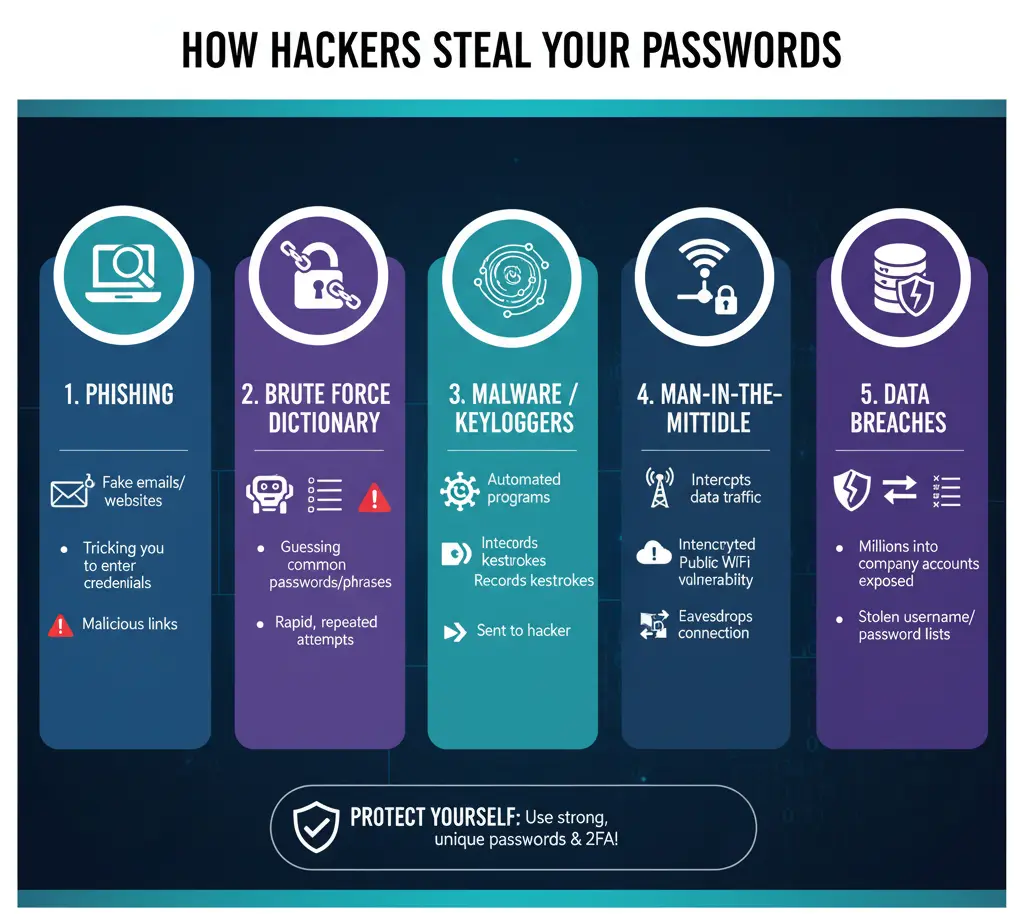Learning to play Pictionary is as easy as drawing a smiley face. This quick-paced drawing and guessing game encourages creativity, competition, and lots of laughter. The best part? The Pictionary rules are simple to understand, even for beginners.
Think of it as charades with a pencil instead of acting out clues; you sketch them while your teammates race to guess the word before time runs out.
If you’re new to the game of Pictionary, you might be wondering things like “What are the Pictionary rules?” or “How do you actually play Pictionary?” Don’t worry, in this complete guide, you’ll learn the official Pictionary rules, detailed step-by-step instructions, and expert tips on how to play Pictionary and win.
What Is Pictionary?
Pictionary is a classic drawing-guessing game where one player or team sketches clues for the other players or team to identify words or phrases before time runs out. It’s one of the most popular party games because it encourages creativity, teamwork, and quick thinking.
According to the Pictionary rules, the player who’s “drawing” picks a card with a secret word (like “elephant” or “pizza”). They must then sketch clues related to that word without writing letters, numbers, or speaking. Meanwhile, their teammates shout guesses based on what they see.
Example:
If the word is “elephant,” the player might draw a long trunk, big ears, and tusks. While teammates shout, “dog?” “hippo?” “elephant!” The team that guesses correctly first earns points and moves closer to victory.
Official Pictionary Rules Explained

When it comes to fun-filled party games, nothing beats the excitement of Pictionary. Before you start sketching your masterpiece, it’s essential to understand the official Pictionary rules.
These rules make the game fair, fast-paced, and hilarious whether you’re playing the board version, a homemade version, or an online Pictionary game. Let’s break down exactly how to set it up and play the right way!
Set Up Pictionary
Before playing Pictionary, you’ll need to gather your Pictionary game materials.
- A Pictionary Board: A flat surface if you’re playing without the board
- Pictionary Word Cards: Contain a list of Pictionary words with different categories.
- A Timer: Typically set to 60 seconds per round, but you can adjust it to your requirements.
- One Dice: A standard six-sided die.
- Pencils & a Whiteboard: The official Pictionary comes with these components, but you can your use any pencils or whitepaper too.
If you don’t have the official set, no worries! You can still play using paper, pens, and our Pictionary Word Generator to create custom Pictionary words in seconds.
Understanding the Pictionary Categories
Each Pictionary card comes with different word types or categories that decide what you’ll draw. Knowing these categories helps you mix up the difficulty level and keep the game fun for everyone. The main Pictionary categories include:
- Person/Place (P): Person, Place, or related characteristics like “Salman Khan”
- Object (O): Everyday things like “chair,” “banana,” or “car.”
- Action (A): Verbs or phrases such as “jumping,” “singing,” or “reading.”
- Difficult (D): Complex or abstract ideas like “disaster,” “freedom,” or “nightmare.”
- All Play (AP): Both teams guess at the same time — the first to get it right moves forward!
How Turns and Time Limits Work
Each round of Pictionary runs on a strict timer, usually 60 seconds. Here’s how a typical turn goes:
- The drawing player picks a card and secretly reads the chosen word.
- When the timer starts, they begin drawing clues to help their team guess the word.
- No talking, letters, numbers, or gestures are allowed — only pictures (Drawing)!
- The team shouts guesses until they get it right or time runs out.
- If they guess correctly before the timer ends, they roll the dice and move forward on the board.
Common Pictionary Rules Mistakes to Avoid
Even seasoned players sometimes forget a few of the official Pictionary rules. Avoid these common mistakes to keep things fair and fun:
- ❌ Don’t use letters, numbers, or words in your drawing.
- ❌ No talking or gestures — let your sketch do the explaining.
- ✅ You can use symbols, shapes, or arrows to give creative clues.
- ✅ Keep it fun — laugh at the doodles, celebrate the wins, and enjoy the challenge!
Step-by-Step Instructions to Play Pictionary
Once you’ve learned the official Pictionary rules, it’s time to dive into the fun part, actually playing the game! Whether you’re using the classic board version or a DIY setup at home, these step-by-step Pictionary instructions will help you get started smoothly.
Step 1: Divide Players into Teams
Start by dividing everyone into two or more teams. Each team should have at least one person to draw and one (or more) to guess. Balanced teams make the game more fun and competitive.
Step 2: Set Up the Game Area
Place the Pictionary board (if you’re using it) in the center and give each team a game piece to mark progress. Make sure you also have:
- A timer (set to 60 seconds)
- A drawing pad or whiteboard
Markers or pencils - Pictionary word cards (or use a Random Word Generator to create custom words)
Step 3: Pick a Card and Start Drawing
The player chosen to draw picks a word card and silently reads the word. Once the timer starts, they must draw clues without using letters, numbers, or words — only pictures!
Step 4: Guess Within 60 Seconds
The guessing team has one minute to identify the word.
- ✅ Correct Guess: The team rolls the dice and moves their marker forward.
- ❌ No Guess in Time: No points earned; turn passes to the next team.
Step 5: Win by Reaching the Final Space
Be the first team to reach the finish space and correctly guess the final word. Once a team lands on the last square, they must draw and guess one final clue to win the game.
If you’re planning a family night to play an amazing game, you can also use our truth or dare generator to generate amazing questions and tasks to break the ice.
How to Play Pictionary – Essential Elements to Consider
Learning how to play Pictionary is easy, but mastering it for maximum fun takes a few smart tweaks. The key is to understand the Pictionary rules, set up a comfortable environment, and choose words that match your group’s skill level.
Here’s everything you need to make your next game night exciting and competitive.
Set Up Your Playing Area Properly
A good setup ensures everyone stays engaged and can see the drawings clearly. Follow these quick steps:
- Use a flat, well-lit surface for drawing.
- Keep your timer, dice, and word cards close to all players.
- Make sure everyone has a clear view of the sketcher’s board.
- For online Pictionary, use virtual drawing tools like Skribbl.io or Zoom Whiteboard.
Balance the Difficulty of Words
The secret to keeping Pictionary fun lies in word selection.
- For kids or beginners: choose easy objects like the sun, a car, or a tree.
- For teens or adults: include moderate clues like a guitar or a volcano.
- For advanced players: go for abstract ideas like dream or justice.
Adjust Time Limits for Fair Play
According to official Pictionary rules, each round lasts 60 seconds — but you can tweak the timer:
- 30 seconds for challenge mode.
- 45 seconds for casual players.
- 90 seconds for kids or beginners.
Tips and Strategies for Winning at Pictionary
Winning at Pictionary isn’t just about drawing well; it’s about teamwork, quick thinking, and clever visual communication. By following these expert strategies, you can improve your chances of guessing words faster, making your drawings clearer, and having more fun along the way.
- Keep Your Drawings Simple
- Use Quick Visual Cues
- Practice Team Guessing Patterns
- Stay Calm Under Pressure
- Adjust Strategy Based on Word Difficulty
Ready to Play Pictionary?
Now that you’ve explored the Pictionary rules, step-by-step gameplay, word ideas, and winning strategies, it’s time to put all that knowledge into action.
Don’t just read about it — start your Pictionary game now! Gather your teammates, pick your favorite words, and put your creativity to the test.
How many players can play Pictionary?
Pictionary works best with 4 or more players divided into two teams, but it can be adapted for smaller or larger groups. Even 2-on-2 teams can enjoy a fun and competitive session, while large parties can rotate players to keep everyone involved.
Can you use letters or numbers in Pictionary drawings?
No, according to the official Pictionary rules, writing words, letters, or numbers is strictly prohibited. Players must communicate only through drawings, stick figures, symbols, and visual cues to make the guessing fair and challenging.
How long is a Pictionary round?
A standard Pictionary round lasts 60 seconds, but this can be adjusted based on your group’s preference. For beginners or kids, you can extend rounds to 90 seconds, while experienced players may prefer 30–45 seconds for a faster, more competitive pace.
What happens if no one guesses the word?
If a word is not guessed within the time limit, the team earns no points, and the turn passes to the next team.






